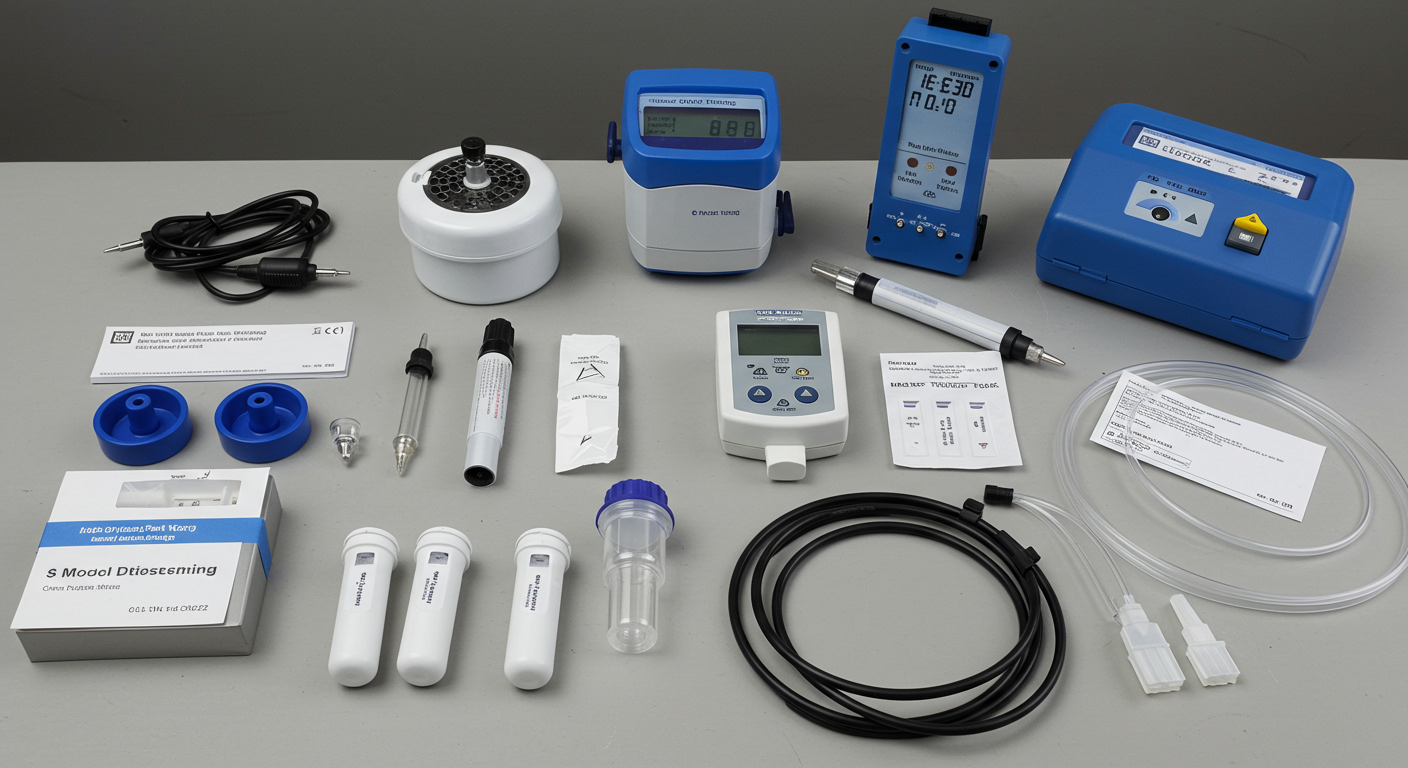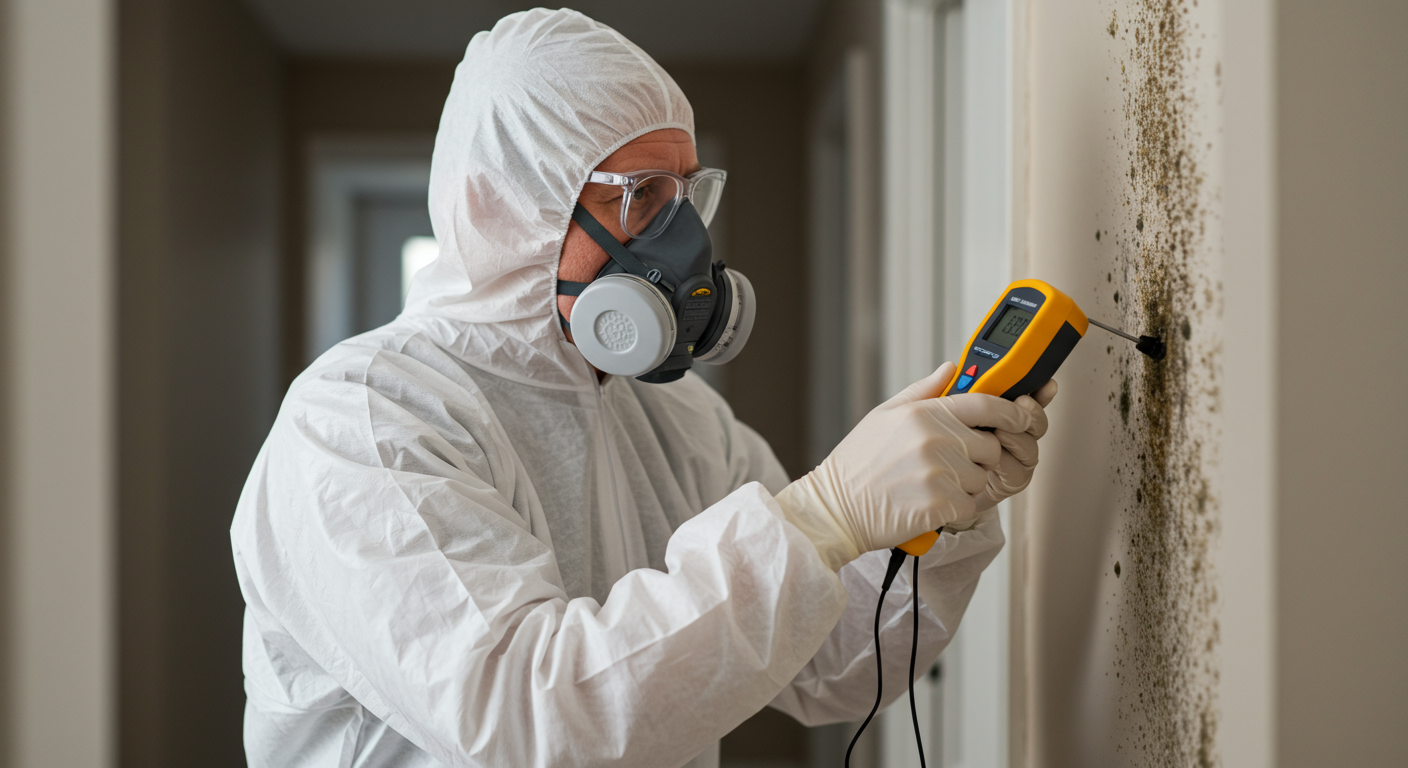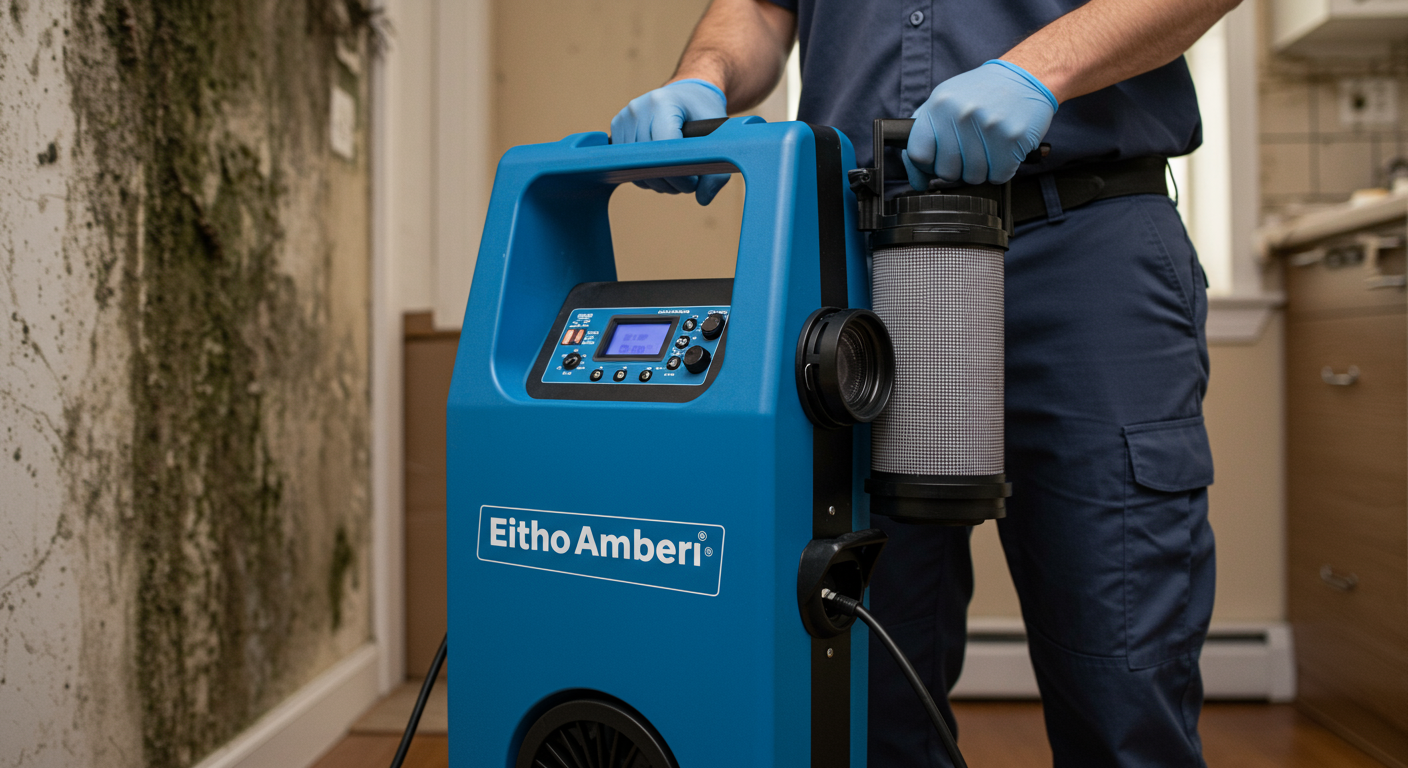Mold is more than just an unsightly nuisance; it can pose serious health risks and compromise the structural integrity of your home. If you’re a homeowner in Raleigh, NC, understanding the importance of mold testing is crucial for maintaining a safe and healthy living environment. This guide will walk you through everything you need to know about mold testing, from its health implications to the benefits of professional inspections.
Understanding Mold and Its Health Risks
The Dangers of Mold Exposure
Mold exposure can lead to a variety of health issues, especially for individuals with allergies, asthma, or compromised immune systems. Common symptoms include respiratory problems, skin irritation, and chronic fatigue. Prolonged exposure to mold can exacerbate these conditions, making it essential to address mold issues promptly. Mold spores are microscopic and can easily spread through the air, contaminating your indoor environment and affecting your overall well-being.
Common Signs of Mold in Your Home
Detecting mold early can save you from costly repairs and health complications. Some common signs of mold include a musty odor, visible discoloration on walls or ceilings, and increased humidity levels. You may also notice peeling paint, water stains, or warped surfaces. If you or your family members frequently experience unexplained allergic reactions or respiratory issues, it might be time to consider mold testing.
Why Choose Professional Mold Testing?
Benefits of Expert Mold Inspection
Professional mold testing provides a thorough assessment of your home’s air quality and identifies the type and extent of mold present. Unlike DIY kits, professional inspections use advanced tools and techniques to deliver accurate results. Experts can pinpoint hidden mold growth, often found in hard-to-reach areas like crawl spaces or behind walls. Additionally, professional testing ensures a comprehensive approach to addressing mold issues, offering peace of mind and a healthier home environment.
Different Testing Methods Explained
There are several methods used in professional mold testing, each designed to address specific concerns:
- Air Sampling: This method measures the concentration of mold spores in the air, helping to identify airborne contamination.
- Surface Testing: Swabs or tape lifts are used to collect samples from visible mold growth for laboratory analysis.
- ERMI Testing: The Environmental Relative Moldiness Index (ERMI) is a DNA-based method that evaluates the mold burden in your home.
By understanding these methods, you can make informed decisions about the best approach for your situation.
Our Mold Testing Process
Step-by-Step Mold Assessment
Our mold testing process begins with a detailed visual inspection of your property. We look for signs of water damage, visible mold, and areas prone to moisture accumulation. Next, we use specialized equipment to collect air and surface samples, which are then analyzed in a certified laboratory. This step ensures accurate identification of mold types and levels.
Detailed Reporting and Next Steps
Once the testing is complete, we provide a comprehensive report outlining our findings. This report includes information about the types of mold present, their concentration levels, and potential health risks. Based on the results, we recommend tailored solutions, such as mold remediation or preventive measures, to address the issue effectively. Our goal is to help you achieve a mold-free home and improve your indoor air quality.

Frequently Asked Questions About Mold Testing
How Often Should You Test for Mold?
The frequency of mold testing depends on several factors, including your home’s age, location, and history of water damage. As a general rule, it’s advisable to test for mold annually or after significant events like flooding or leaks. Regular testing can help identify potential issues early, preventing costly repairs and health risks.
What to Expect During a Mold Inspection?
During a mold inspection, professionals will assess your home’s interior and exterior for signs of mold growth. They may use moisture meters, thermal imaging cameras, and air sampling devices to detect hidden mold. The process is non-invasive and typically takes a few hours, depending on the size of your property. After the inspection, you’ll receive a detailed report with recommendations for next steps.
Take Action Today for a Healthier Home
Mold testing is an essential step in protecting your home and family from the dangers of mold exposure. By choosing professional mold testing services in Raleigh, NC, you can ensure a thorough assessment and effective solutions tailored to your needs. Don’t wait for mold to compromise your health or property—schedule a mold inspection today and take the first step toward a safer, healthier home.
For more insights on maintaining a mold-free home, check out our Comprehensive Guide to Moisture and Mold Management. If you’re dealing with water damage, our Expert Water Damage Restoration Services in Raleigh, NC can help you address the root cause of mold growth effectively.


